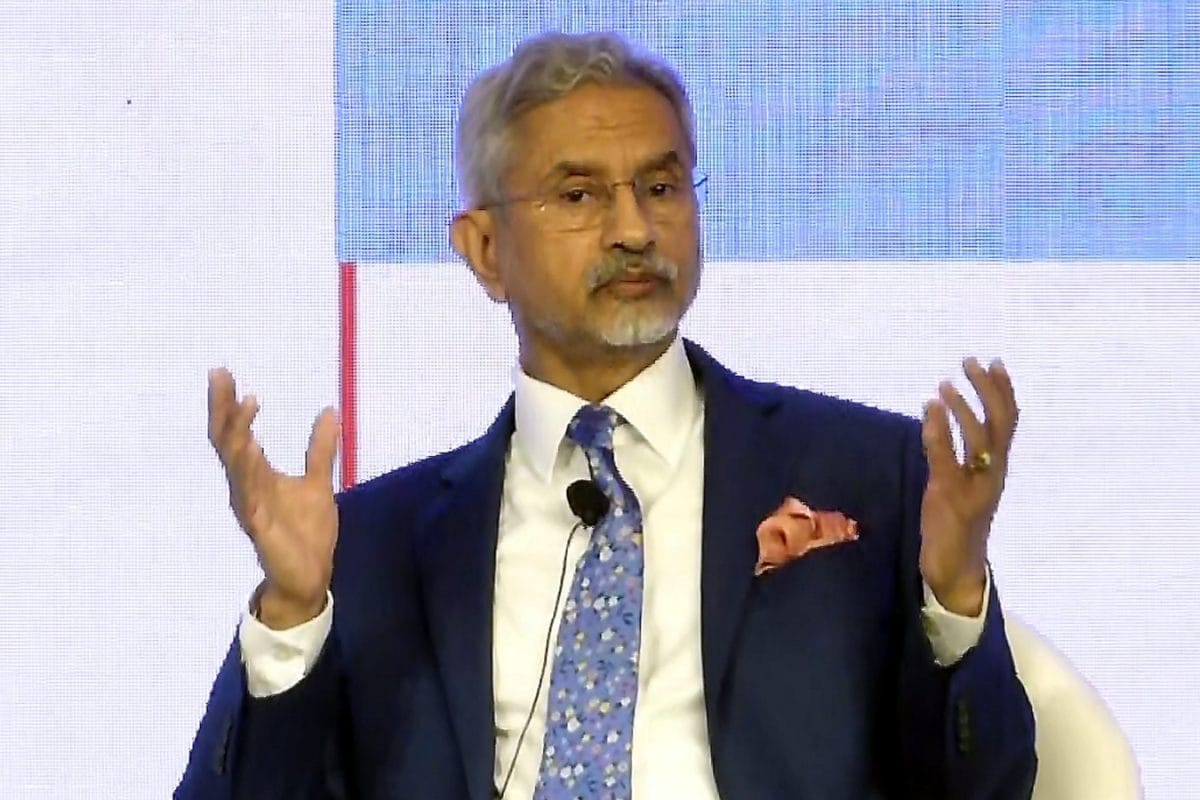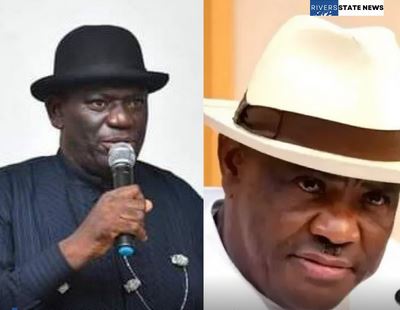
India’s multi-alignment is not just about hedging bets; it is about positioning itself as a stabilising force In a world of shifting alliances and ideological fractures, India’s foreign policy has undergone a remarkable transformation—from the idealism of non-alignment to the pragmatism of strategic engagement. Henry Kissinger, in World Order (2014), aptly observed: “India’s strategy has historically been to balance rather than to ally, to seek autonomy rather than dependence." This shift reflects the changing global power structures, economic imperatives, and security considerations that define contemporary geopolitics.
The Non-Aligned Movement (NAM), established in 1961, was India’s strategic response to Cold War bipolarity. It allowed India to maintain sovereignty in decision-making while advocating for decolonisation, disarmament, and economic cooperation. However, as George F Kennan noted in American Diplomacy (1951), “In international affairs, neutrality is often a myth; sooner or later, interests dictate alignments.

" By the 1990s, India had to adapt to a post-Cold War world, gradually moving toward issue-based partnerships. The 1991 economic reforms integrated India into the global economy, shifting its focus from self-reliance to global trade. The Look East Policy (1991), later renamed the Act East Policy (2014), signalled India’s increasing engagement with ASEAN and the Indo-Pacific.
Economic liberalisation and the post-Cold War realignment forced India to recalibrate its stance, leading to deeper engagement with the US, China, Russia, and emerging economies. The 2005 Indo-US Civil Nuclear Deal marked a strategic milestone, ending decades of nuclear isolation and cementing India’s place as a global player. India’s involvement in the Quadrilateral Security Dialogue (QUAD)—alongside the US, Japan, and Australia—underscores its commitment to a free and open Indo-Pacific.
Yet, it remains an active member of BRICS and the Shanghai Cooperation Organization (SCO), balancing ties with Russia and China. This evolution mirrors broader global transformations. The Western order, once defined by ideological coherence and collective security, now faces existential dilemmas.
As External Affairs Minister S Jaishankar asserts: “India will engage the world on its own terms, not through the framework of alliances." This philosophy is evident in India’s neutral stance on the Russia-Ukraine conflict, where it has prioritised diplomacy and energy security over aligning with Western narratives. Dhruva Jaishankar reinforces this point: “India’s foreign policy is shaped by pragmatism, not ideology.
Its partnerships are based on interests rather than historical alignments." With Western alliances weakening, particularly in the wake of Donald Trump’s return to power, India’s diplomatic agility becomes even more critical. Trump’s unpredictable stance on NATO and his reluctance to engage in European security challenges suggest a weakening of traditional Western cohesion.
Meanwhile, Russia’s resurgence and China’s expansionist policies in the Indo-Pacific further complicate global alignments. India has always played a long game in diplomacy, avoiding permanent entanglements. This strategic flexibility allows it to engage with both the West and its historical allies without being constrained by ideological divisions.
It also underscores India’s role as a stabilising force in an increasingly multipolar world. The war in Ukraine, instability in the Middle East, and Trump’s political resurgence have shaken the foundations of transatlantic unity. Trump’s transactional approach to global leadership—undermining NATO, questioning America’s commitment to Europe, and advocating isolationist policies—contradicts the post-World War II liberal order.
His disdain for Europe, his willingness to engage with autocrats like Vladimir Putin, and his unpredictable foreign policy have left traditional allies scrambling for new strategies. In this fractured landscape, India’s balancing act becomes even more significant. While the US and its allies push for a more rigid ideological alignment, India continues to assert its independence.
Its response to the Russia-Ukraine war—prioritising energy security over Western pressure—demonstrates its commitment to national interest over ideological conformity. Similarly, India’s role in the Indo-Pacific, countering China’s assertiveness through QUAD, while maintaining economic engagement with Beijing, underscores its strategic dexterity. India’s multi-alignment is not just about hedging bets; it is about positioning itself as a stabilising force.
This approach is evident in its engagement with West Asia, where it maintains strong ties with Israel, the Gulf nations, and Iran, ensuring both economic security and diplomatic influence. As the US retreats into unpredictability and Europe struggles with its strategic identity, India emerges as a key global player. Its leadership in the Global South, advocacy for climate justice, and role in emerging economic corridors like the India-Middle East-Europe Corridor (IMEC) signal its growing influence.
India’s foreign policy trajectory will continue to emphasise strategic autonomy while deepening ties with key players. The Atmanirbhar Bharat initiative focuses on self-reliance in defence and technology, reinforcing India’s ability to act independently. As PM Narendra Modi stated: “A strong and self-reliant India will contribute to a stable and prosperous world.
" Ultimately, India’s global role is no longer that of a passive observer but an active shaper of international governance. As Kautilya (Chanakya) advised in Arthashastra: “A wise king neither rushes into alliances nor rejects them outright but chooses them based on national interest." India’s evolving strategy exemplifies this timeless principle, positioning it as a pivotal player in global geopolitics.
(The writer teaches international politics at DDU Gorakhpur University, Uttar Pradesh. Views expressed in the above piece are personal and solely those of the author. They do not necessarily reflect News18’s views.
).















